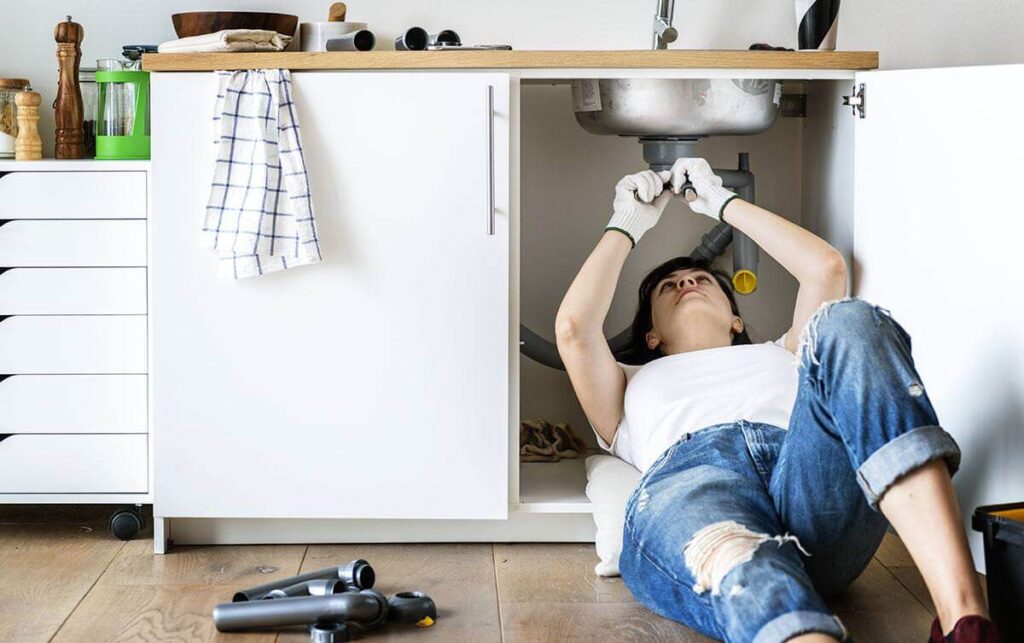DIY Safety: Treat Home Improvement Projects Like a Workout

The past several weeks has proven that most people are not inclined to sit idle at home as the world protects itself from the coronavirus. On the contrary, as people spend more time social distancing, DIY home improvement projects have surged.
Related box stores have reported increased profits, and some industry surveys (i.e., Fixr.com) show that two in three homeowners have taken advantage of COVID lockdowns to complete more projects in and around their homes.
So, as people put more effort toward building, fixing, improving and upgrading aspects of their homes, lawns and gardens, now is an ideal time to remind people that safety should never take a back seat to achieving goals.
While remaining driven and active during the pandemic, is important, any time you increase your activity levels and put stress on your body, it’s important to do so safely, smartly, and incrementally. Allowing the body plenty of time to rest and heal is also critical.
In other words, approach all home projects like a workout – as something that requires preparation, strength and endurance, with a nod toward injury prevention.
In this spirit, we’d like to offer a few tips for being safe during DIY home projects:
Always Warm Up
Many home improvement projects require repeated and prolonged lifting, bending, squatting, kneeling, reaching, and twisting. It’s physical activity, in other words, so it’s important to prepare your body through a series of dynamic warmup exercises to get the blood flowing. Also, start with smaller projects before moving on to the bigger stuff.
Stay Hydrated
Drink plenty of water before you even start the job, then continue to hydrate throughout the task. And, don’t wait until you’re thirsty to drink, especially in the middle of a hot summer day.
Take Breaks
Even if you get “in the zone,” make it a point to take frequent breaks to stand up, stretch, walk around and hydrate. If you find yourself bent or hunched over a lot during the project, for example, take time to stand and do some back bends to equalize pressure in the spine.
Practice Proper Lifting
When lifting heavy objects, always bend with the knees and lift with your legs, keeping your back upright, and the bulk of the weight close to your body. Also, don’t hesitate to ask for help if the item’s too heavy or awkward.
Use the Buddy System
Along with help lifting, be sure to recruit some help whenever your project requires the use of sharp objects, power tools, ladders, etc. Don’t risk accidents. A good partner can help slow you down (in a good way) and keep you mindful of personal safety.
Make Time for R&R
This stands for “rest and recovery,” a time when your body can reenergize and your muscles regenerate. If it’s a multi-day project, take an off-day or two to keep your body fresh and to prevent injury.
Listen to Your Body
If you experience pain, discomfort, movement limitations or overwhelming fatigue, take a break, change tasks, or end the project altogether. If you continue to feel pain or discomfort in the muscles, joints or spine, see a physical therapist.
Physical therapists exist to help people overcome such limitations so they can reach their personal goals, even when that goal is completing a home project. After an initial assessment, PTs can help create an individualized treatment plan to get back on track.
